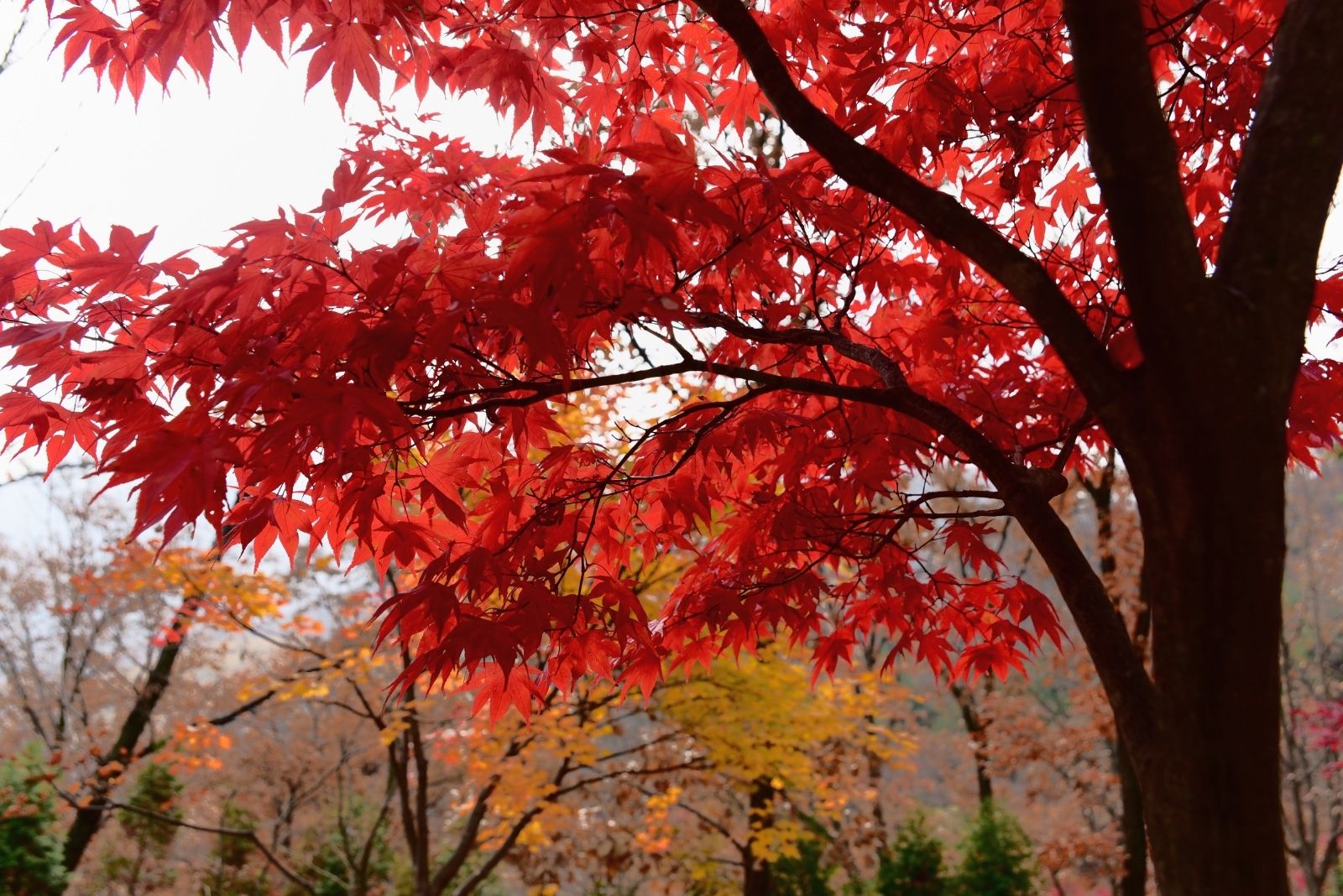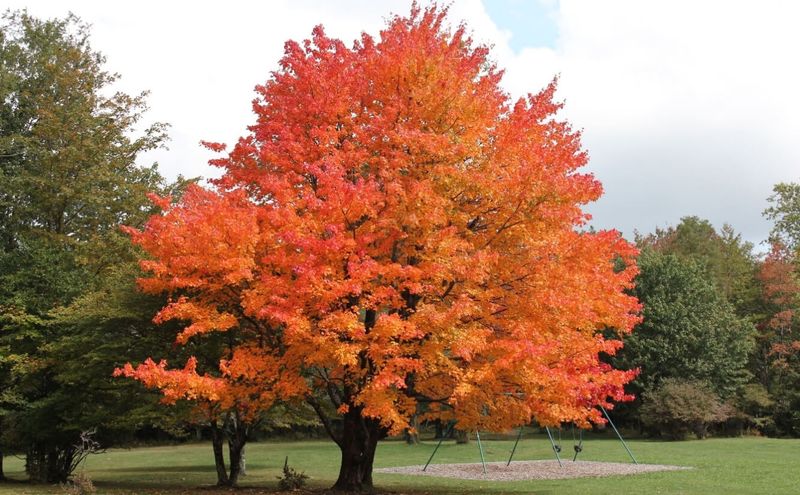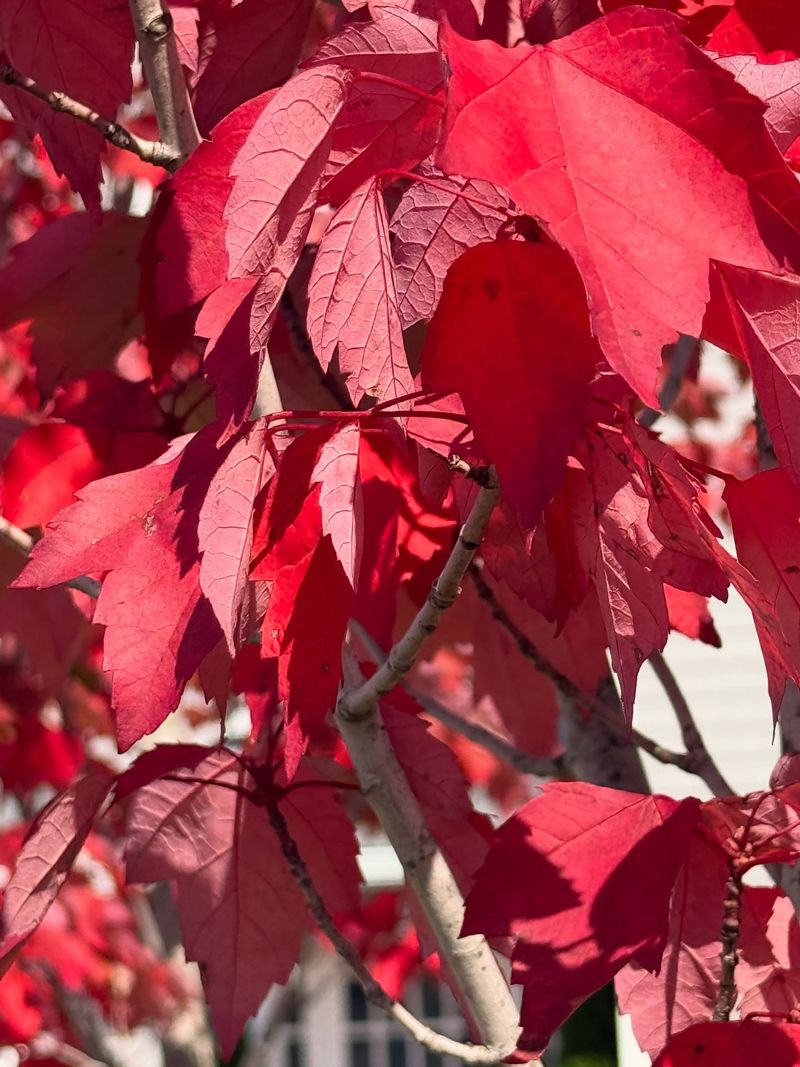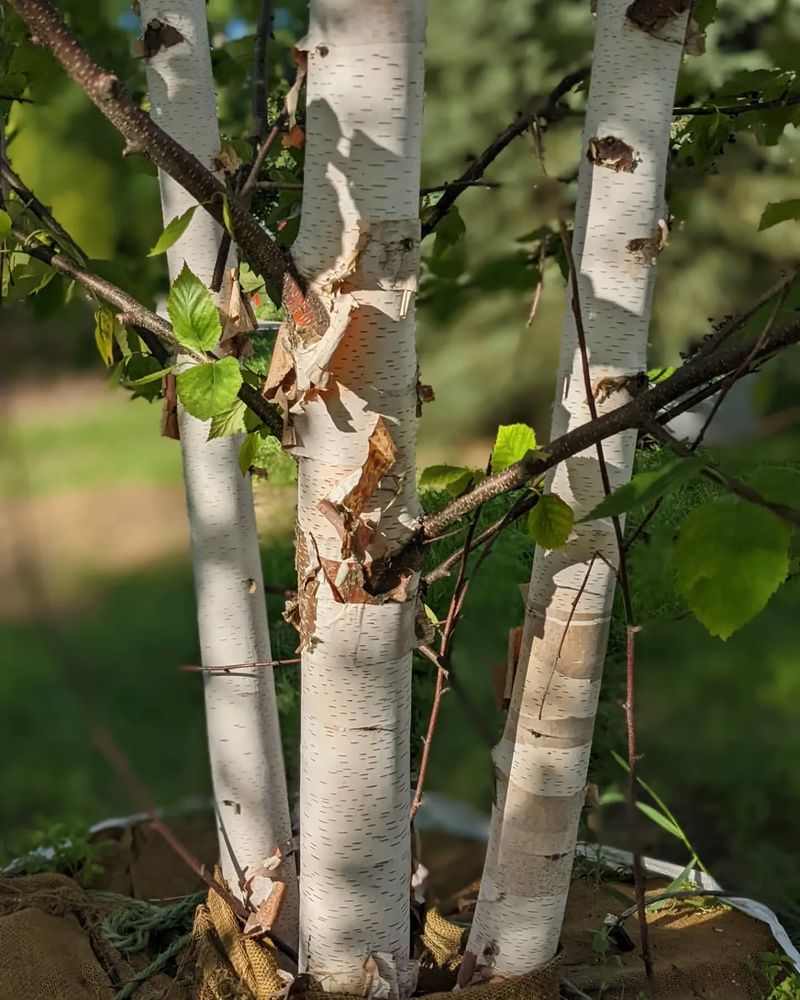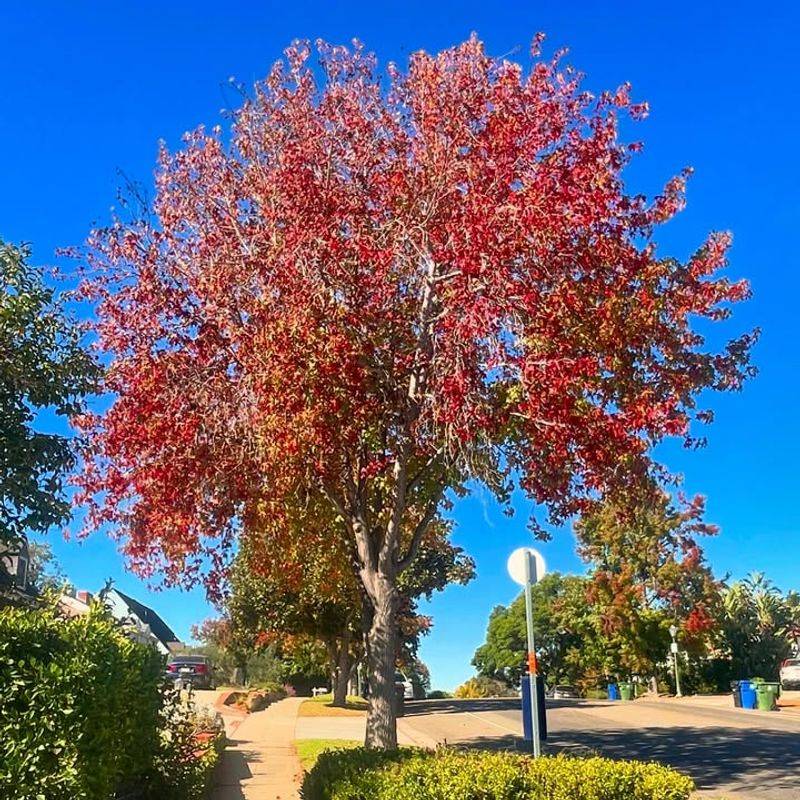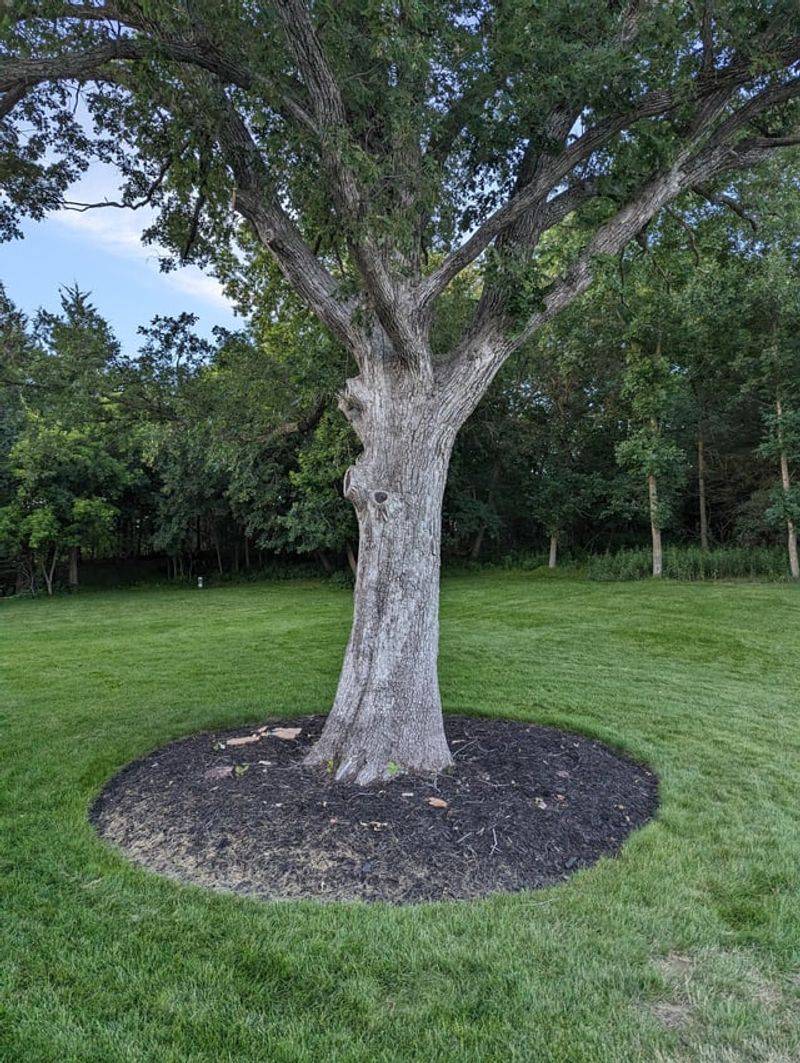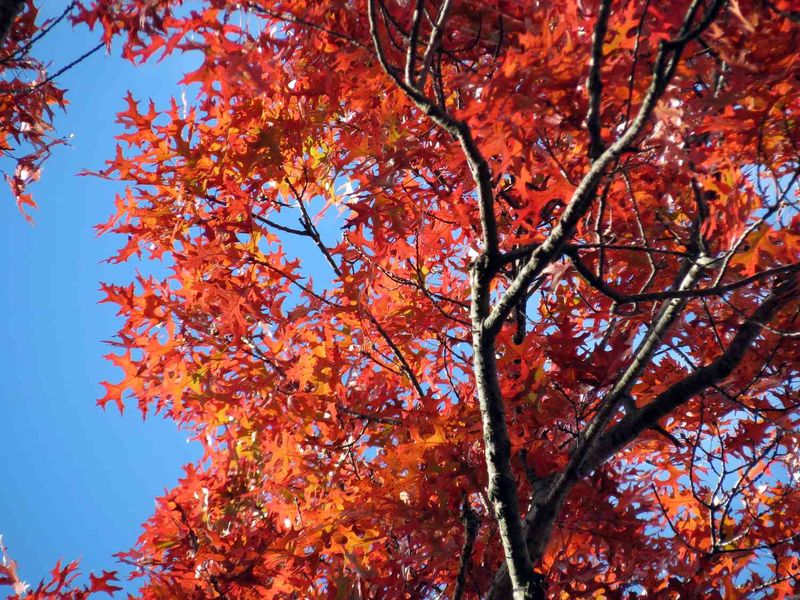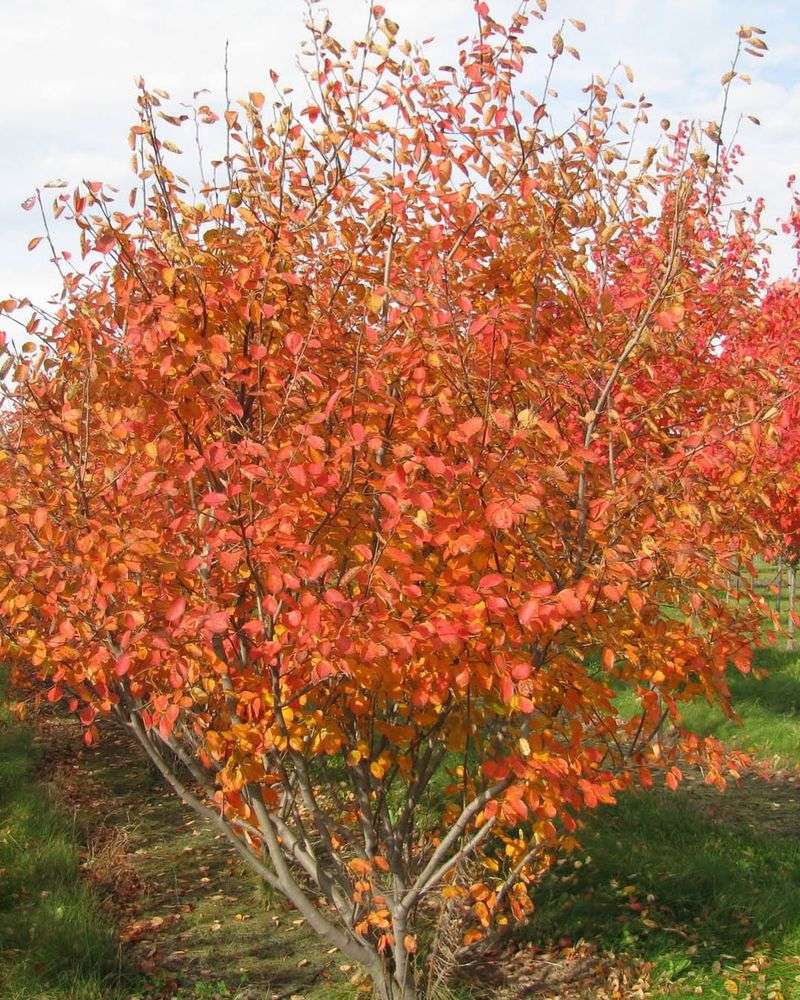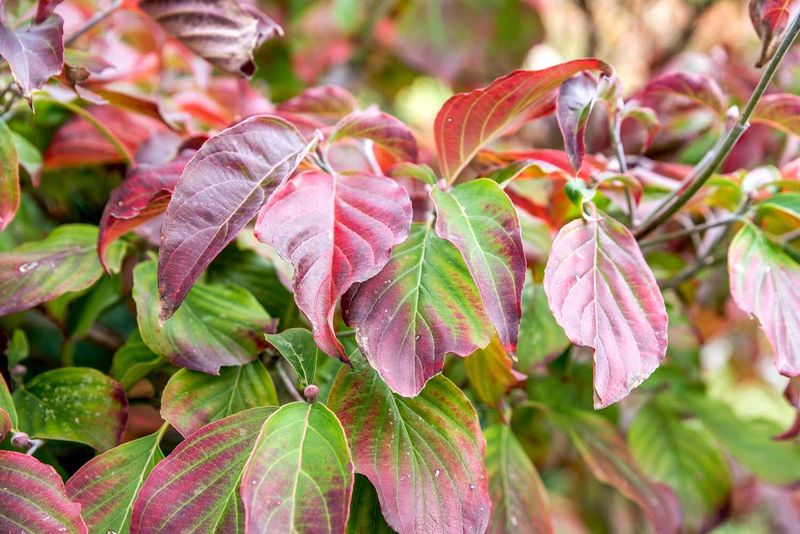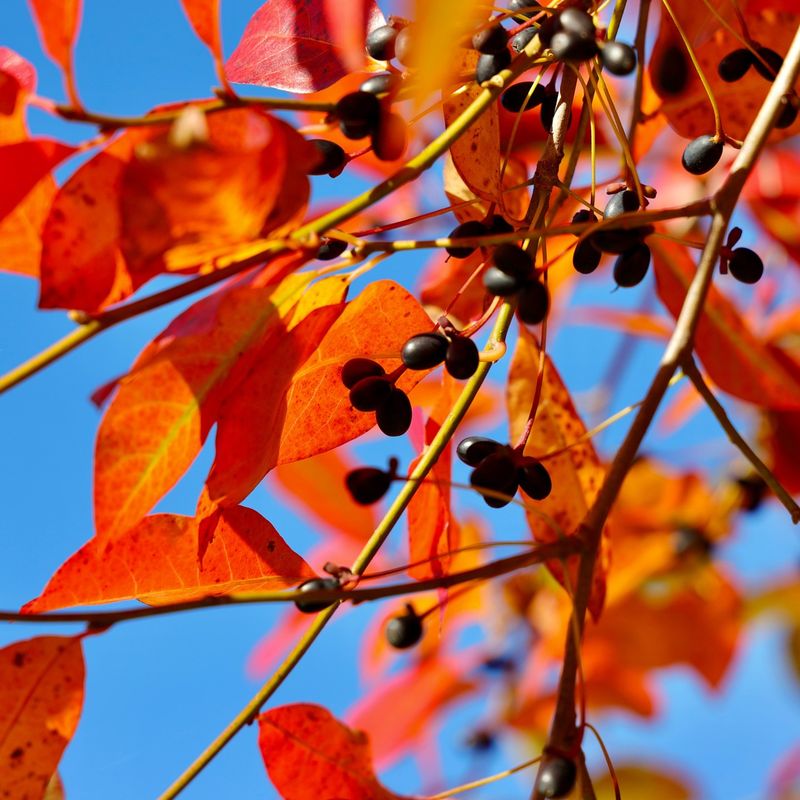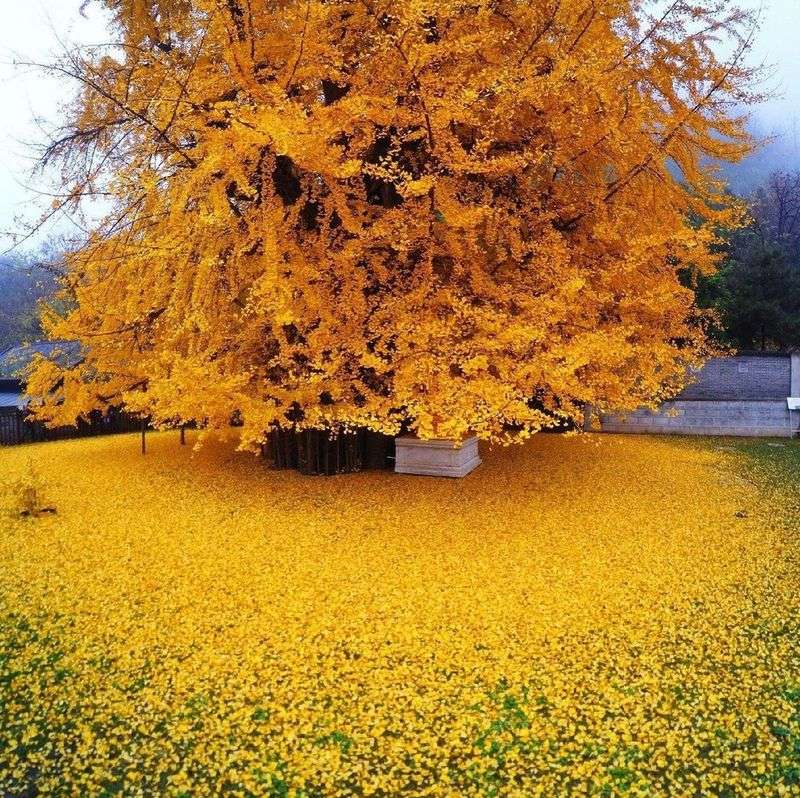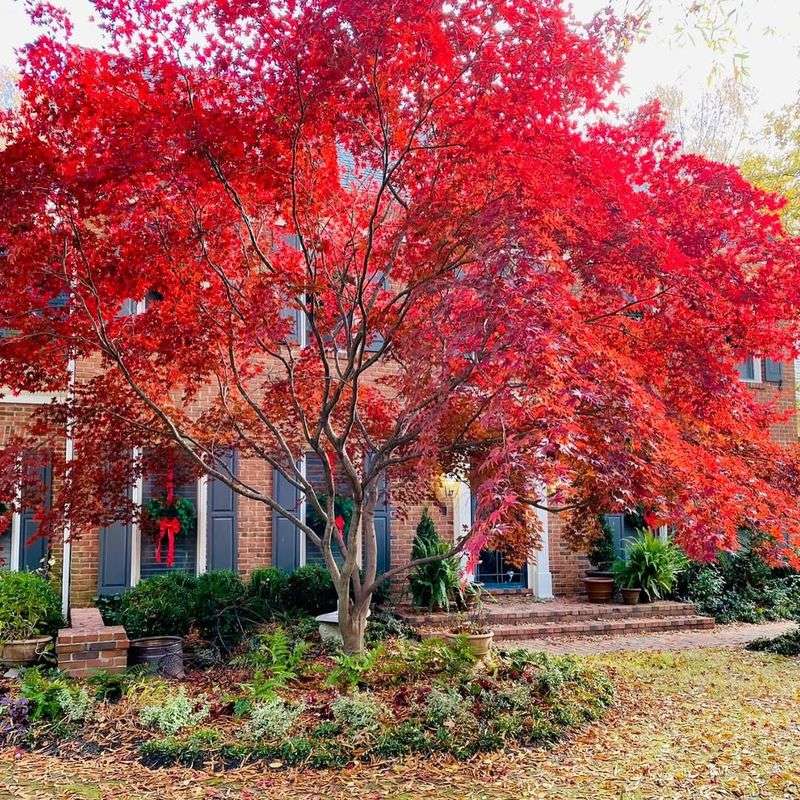Fall in Michigan transforms ordinary landscapes into extraordinary showcases of color. As summer fades, trees begin their annual spectacle, painting neighborhoods and forests with warm hues that define the season.
For homeowners, selecting the right trees can create a personal autumn paradise that changes beautifully year after year. I’ve spent decades watching Michigan’s seasons change, and nothing compares to that magical week when colors peak across my yard.
These eleven trees have proven themselves as reliable performers in our unique climate, offering both brilliant colors and practical benefits for Michigan properties.
1. Sugar Maple: Michigan’s Autumn Icon
Sugar maples display a breathtaking range from golden yellow to fiery orange and deep scarlet. A single tree can showcase multiple shades simultaneously, creating dimension and visual interest unlike any other native species.
These maples thrive in Michigan’s well-drained soils and handle our cold winters without complaint. They prefer full sun but tolerate partial shade, making them versatile additions to most properties throughout the state.
I planted three sugar maples along my driveway fifteen years ago, and now they form a magnificent color tunnel each October. My neighbors often slow down when driving past just to appreciate the show these trees put on!
2. Red Maple: Early Color Champion
Fall comes early with red maples, which start their color transition weeks before other species. Their brilliant crimson displays can last nearly a month in good conditions, extending your autumn enjoyment considerably.
Michigan’s climate suits these adaptable trees perfectly. They tolerate our clay soils and occasional flooding better than many alternatives, making them excellent choices for problem areas where other trees struggle.
My favorite red maple stands sentinel by my kitchen window. Every morning during fall, sunlight filters through those red leaves, casting the most beautiful warm glow across my breakfast table – nature’s perfect mood lighting!
3. Paper Birch: White Bark Meets Golden Leaves
Paper birches offer a unique double feature: striking white trunks that remain beautiful year-round and golden-yellow autumn leaves that seem to glow when backlit by the sun. This combination creates unforgettable landscape moments.
Northern Michigan provides ideal growing conditions for these native beauties. They appreciate our cooler temperatures and higher humidity compared to southern regions where heat stress can shorten their lifespans dramatically.
During a camping trip near Traverse City, I woke early to find a stand of paper birches caught in morning light – their yellow leaves against white bark created such contrast that I immediately added three to my own property the following spring.
4. Sweetgum: Star-Shaped Leaves In Rainbow Hues
Sweetgums create the most diverse color display of perhaps any Michigan-hardy tree. Their star-shaped leaves transform into a mixture of yellow, orange, red, and purple – often all on the same branch! The effect resembles a painter’s palette.
Southern Michigan offers the best growing environment for sweetgums, as they prefer slightly milder winters. They develop impressive root systems, so I recommend planting them away from sidewalks and foundations in spacious yards.
The sweetgum I planted when my daughter was born turns 18 this year. We’ve photographed her standing beneath it every autumn, creating a colorful timeline of growth that’s become one of our most treasured family traditions.
5. White Oak: Russet Elegance That Lasts
White oaks develop rich burgundy to russet-brown autumn colors that persist long after other trees have dropped their leaves. This extended display provides structure and color well into November when most landscapes have faded to gray.
Few trees match the white oak’s Michigan hardiness and longevity. They handle our temperature swings with ease and develop massive, drought-resistant root systems that help them thrive even during our occasional dry spells.
The ancient white oak at my grandparents’ farm near Kalamazoo inspired my love of trees. Its massive branches held our childhood swings, and each fall, it turned that perfect shade of russet that I’ve never seen replicated in any painting.
6. Scarlet Oak: Living Up To Its Colorful Name
Scarlet oaks deliver exactly what their name promises – intensely red autumn foliage that stands out even in Michigan’s competitive fall color season. Their deeply lobed leaves create interesting texture while holding color remarkably well.
Sandy, well-drained Michigan soils provide perfect growing conditions for these oaks. They’re particularly well-suited to the state’s western regions where slightly milder lake-effect conditions support their growth cycle.
After losing two ash trees to emerald ash borer, I replaced them with scarlet oaks. Seven years later, they’ve transformed my previously bland backyard into a red-hued autumn retreat that makes me actually look forward to raking leaves!
7. Serviceberry: Multi-Season Michigan Marvel
Serviceberries pack multiple seasons of interest into smaller packages perfect for today’s Michigan landscapes. Their orange-red fall color arrives after summer’s edible berries have fed local birds and before winter reveals their attractive branching structure.
Michigan’s acidic soils and adequate rainfall create ideal growing conditions for these native understory trees. They thrive in locations that receive morning sun but afternoon shade – exactly what many suburban properties offer naturally.
Last fall, I hosted an outdoor dinner party beneath our serviceberry grove just as the leaves reached peak color. The warm orange canopy created such a magical atmosphere that guests lingered until well after dark, despite the typical Michigan chill.
8. Flowering Dogwood: Crimson Leaves Follow Spring Blossoms
Flowering dogwoods transform from spring showstoppers to fall standouts when their leaves turn deep crimson to purple-red. The horizontal branching pattern showcases this color especially well against Michigan’s often cloudy autumn skies.
Protected locations work best for dogwoods in Michigan landscapes. Eastern sides of buildings or gentle slopes that provide cold air drainage help these somewhat tender trees thrive despite our challenging winters.
My dogwood sits outside my home office window, providing year-round inspiration. Its fall color arrives just when I need motivation to finish outdoor projects before winter – a natural deadline marked in brilliant red that I’ve come to appreciate.
9. Black Tupelo: First To Turn, Impossible To Ignore
Black tupelos signal autumn’s arrival before any other Michigan landscape tree. Their glossy leaves transition to intense scarlet as early as late August, often when neighboring trees remain completely green, creating dramatic focal points.
Though not native to all parts of Michigan, tupelos adapt well to our state’s growing conditions when given slightly acidic soil and adequate moisture. Their relatively slow growth rewards patient gardeners with increasingly spectacular fall displays each year.
During a particularly stressful period at work, my morning commute took me past a row of tupelos. Their early color change became my daily reminder that change – even beautiful change – was possible when everything else seemed stuck in summer’s routine.
10. Ginkgo: Golden Rain When Frost Hits
Ginkgos create one of Michigan’s most dramatic autumn events – when frost triggers their unique fan-shaped leaves to turn butter-yellow almost overnight. Even more spectacular, they often drop all their leaves within a 24-hour period, creating a golden carpet effect.
These living fossils have proven surprisingly adaptable to Michigan’s climate despite their exotic origins. They tolerate urban conditions exceptionally well, making them excellent choices for more developed areas throughout the state.
The ginkgo outside our local library creates an annual spectacle that’s become a community tradition. Families gather beneath it on crisp November mornings, hoping to witness the magical “golden rain” when thousands of yellow leaves release simultaneously.
11. Japanese Maple: Compact Color For Michigan Gardens
Japanese maples bring fall color down to eye level with their naturally compact form. Their finely dissected leaves turn shades of crimson, orange, or purple depending on variety, creating intricate color patterns that reward close inspection.
Protected microclimates work best for Japanese maples in Michigan. Eastern exposures near buildings provide morning sun while blocking harsh afternoon light and buffering winter winds that can damage these somewhat delicate beauties.
After admiring them for years, I finally splurged on a Japanese maple for our front yard’s protected corner. That small investment has paid enormous dividends in both curb appeal and personal enjoyment – I find myself deliberately walking past it daily during autumn.

